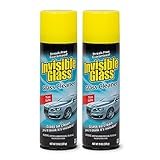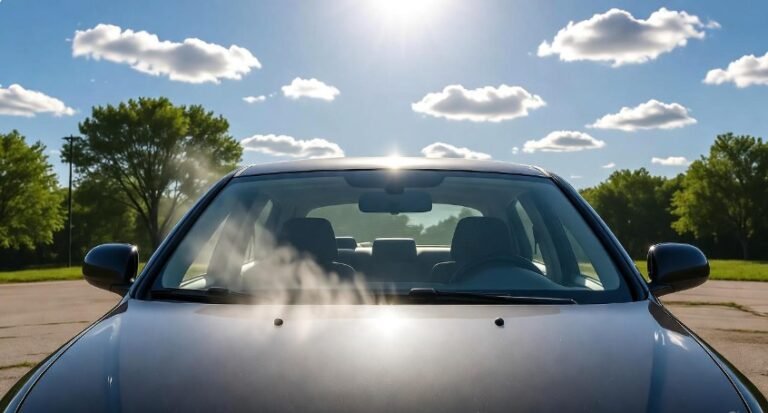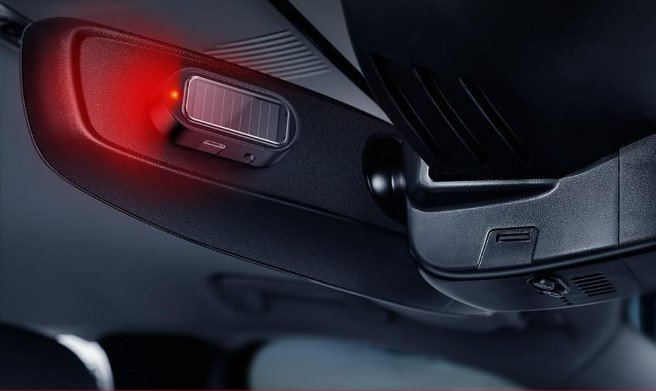3 Key Reasons a Car Has Two Wipers Which Do Not Overlap

Discover why your car’s windshield wipers don’t overlap and how this design ensures optimal visibility and safety in various weather conditions.
Key Takeaways
- Understand the aerodynamic benefits of non-overlapping wipers.
- Learn how independent wiper paths improve visibility.
- Grasp the maintenance advantages of distinct wiper zones.
- Recognize the design’s impact on overall vehicle safety.
You’ve probably noticed it during a downpour – your car’s windshield wipers swing across the glass, doing their job to clear away rain and snow. But have you ever wondered why they don’t quite meet in the middle? It’s a question many drivers ponder, and the answer is rooted in smart engineering designed for your safety and convenience. Understanding why your car has two wipers which do not overlap can demystify a common automotive feature. We’re here to break down this seemingly small detail into three key reasons, making complex car topics simple and relatable. Let’s explore the clever design behind your windshield wipers.
The Science Behind Non-Overlapping Wipers: Maximizing Visibility
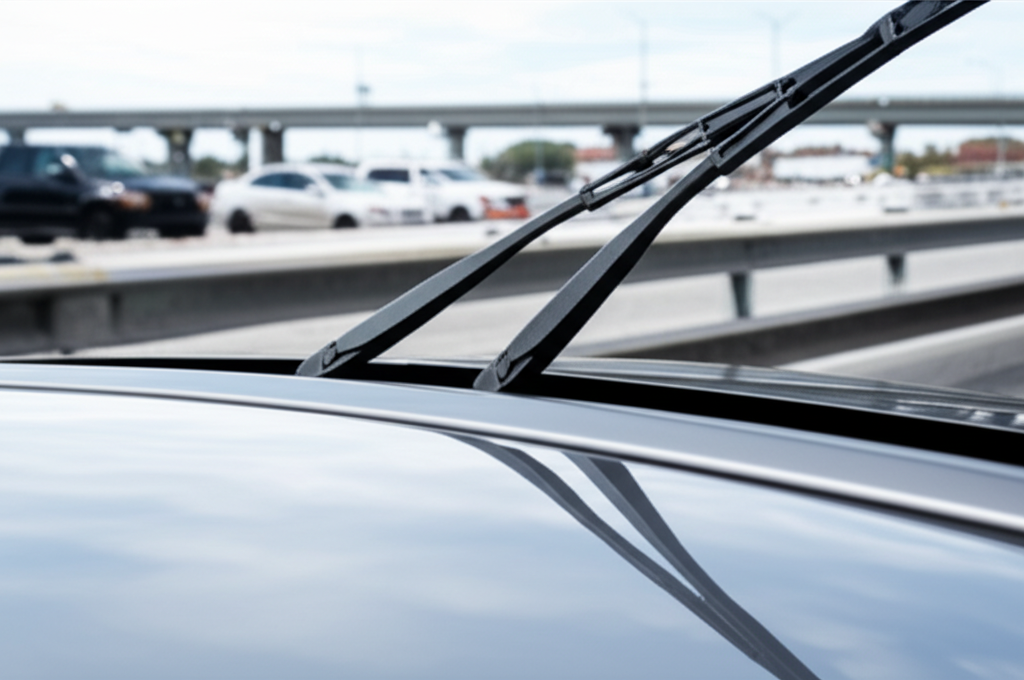
When you’re driving, especially in challenging weather, clear visibility isn’t just a convenience; it’s a critical safety factor. The design of your windshield wipers plays a significant role in achieving this. While it might seem counterintuitive, the fact that your car has two wipers which do not overlap is a deliberately engineered feature. This approach ensures that each wiper can effectively clear its own designated area without interference, leading to a more comprehensive and less distracting view of the road ahead.
This design choice addresses several engineering challenges, from aerodynamics to maintenance. By allowing each wiper to operate within its own arc, manufacturers can optimize their performance and durability. This separation also contributes to a cleaner windshield, as it prevents dirt and water from being smeared across the entire glass by overlapping blades. The goal is always to provide you with the safest and most comfortable driving experience possible, even when the weather isn’t cooperating.
Reason 1: Aerodynamic Efficiency and Wind Lift Reduction
One of the primary reasons your car has two wipers which do not overlap centers on aerodynamics. Windshield wipers are exposed to significant airflow, especially at higher speeds. If the wipers were designed to overlap significantly, the air moving over them could create turbulence and lift, effectively reducing the pressure of the wiper blade against the windshield. This reduced pressure means the blades wouldn’t clear water as effectively, leaving streaks and impairing your vision.
By having each wiper operate independently within its own sweep path and not overlap, manufacturers can better manage the airflow around them. Each blade can maintain optimal contact pressure with the glass, ensuring a consistent and thorough wipe. This independent action minimizes the disruptive effects of wind lift, which is crucial for maintaining clear visibility during highway driving or in strong winds. Think of it like each wiper having its own lane on the highway; they perform their function better without getting in each other’s way.
Consider the forces at play:
| Factor | Impact of Overlapping Wipers | Benefit of Non-Overlapping Wipers |
|---|---|---|
| Airflow | Increased turbulence and potential for air to get under blades. | Smoother airflow, less turbulence around blades. |
| Blade Pressure | Reduced pressure on windshield due to lift, less effective wiping. | Consistent pressure, optimal contact for superior clearing. |
| Noise | Potential for increased wind noise and vibration. | Reduced wind noise and smoother operation. |
This engineering consideration is vital for ensuring your safety. Reduced wind lift means the wipers are more likely to stay firmly on the glass, performing their essential task of clearing precipitation without interruption. This is a key aspect of why your car has two wipers which do not overlap.
Reason 2: Optimized Visibility and Reduced Visual Distraction
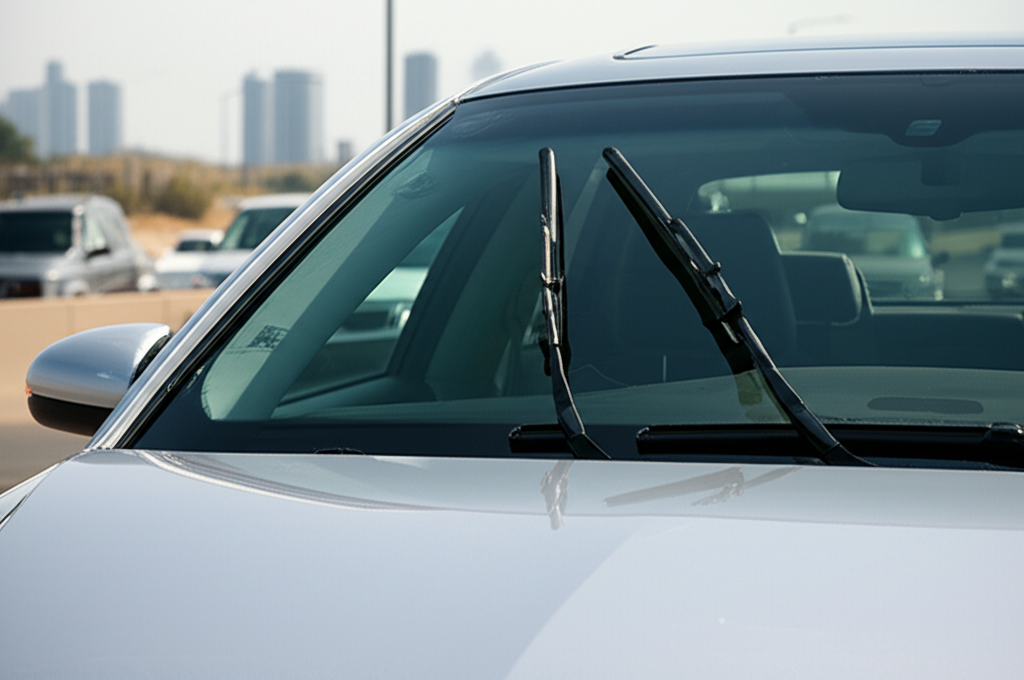
Another crucial benefit of why your car has two wipers which do not overlap is the enhancement of driver visibility. Each wiper is designed to sweep a specific, unobstructed area of the windshield. When wipers overlap, or even brush against each other, it can create smearing of water and debris in the central area. This smearing can be a significant visual distraction, particularly in low-light conditions or during heavy rain.
By allowing each wiper to move within its own defined zone, the windshield is cleared more effectively and with fewer streaks. This creates distinct, clean viewing paths for the driver. The driver’s primary line of sight is maintained with maximum clarity, which is essential for spotting hazards, reading road signs, and navigating safely. The separation ensures that water and dirt are pushed to the edges of the swept area, rather than being distributed across critical visual zones.
Let’s look at how this impacts what you see:
- Clearer Primary Viewing Area: Each wiper cleans its section without interference, ensuring your direct forward view is unobstructed.
- Reduced Smearing: The design prevents water and grime from being dragged into the center or across the entire windshield.
- Better Peripheral Vision: While not directly related to the overlap itself, the overall effectiveness of clearing ensures better clarity across the entire sweep.
- Consistency: The sweeping pattern remains consistent, so you can rely on the cleared areas to stay clear.
This optimized visibility is a direct consequence of the thoughtful engineering behind why your car has two wipers which do not overlap. It’s all about ensuring you have the best possible view of the road, no matter the weather.
Reason 3: Simplified Manufacturing and Maintenance
Beyond performance and visibility, the design choice of having two wipers that don’t overlap also offers practical advantages in terms of manufacturing and maintenance. Producing and assembling wiper systems that are precisely synchronized to overlap and then retract without interference can be more complex and costly. Independent wiper arms and blades simplify the mechanical design and assembly process for automotive manufacturers.
From a maintenance perspective, this design also makes DIY checks and replacements easier for car owners. When you need to replace your wiper blades, you’re typically dealing with two distinct units. If one part of the wiper mechanism fails (like a motor or an arm), it might not directly impact the function of the other wiper. This separation can sometimes make troubleshooting simpler. Furthermore, ensuring correct alignment and spacing is less critical than if the blades were designed to interact closely, which can be a relief for those who prefer to handle their own car care.
Here’s a breakdown of the practical benefits:
| Aspect | Manufacturing Impact | Maintenance Ease |
|---|---|---|
| Complexity | Less complex mechanical design and fewer synchronization points. | Simpler to understand and replace individual blades. |
| Cost | Potentially lower production costs due to simpler mechanisms. | Standardized parts are often readily available and affordable. |
| Durability | Reduced risk of mechanical interference or damage between blades. | Less potential for one malfunctioning part to damage another. |
These practical considerations contribute significantly to the overall efficiency and user-friendliness of your vehicle, reinforcing why your car has two wipers which do not overlap.
Understanding Wiper Systems: Types and Considerations
While the non-overlapping design is common, it’s worth noting that wiper systems can vary. Most modern passenger vehicles utilize the dual, non-overlapping wiper configuration. However, some vehicles, particularly older models or certain commercial vehicles, might have different setups. For instance, some trucks or buses might employ a single, large central wiper, or even systems with wipers that sweep in opposite directions. The design for a sports car might prioritize aerodynamics differently than a minivan.
The type of wiper blade itself also matters. You’ll encounter traditional frame-style blades and more modern beam-style blades. Beam blades are known for their sleek, low-profile design, which can further improve aerodynamic performance and reduce wind lift. Regardless of the style, the fundamental principle of clearing an area effectively without interference remains paramount. The design of why your car has two wipers which do not overlap is a testament to this.
When considering your car’s wiper system, think about:
- Blade Material: Rubber is standard, but silicone blades offer longer life and better resistance to extreme temperatures.
- Frame vs. Beam: Beam blades tend to offer more uniform pressure and a sleeker look.
- Wiper Arm Type: Different vehicles have different arm designs that attach to the wiper blade.
Proper maintenance of your wiper blades, regardless of the system, is essential. Worn blades can leave streaks, make noise, and degrade your visibility. Regularly inspecting them for cracks, tears, or stiffness is a simple yet critical part of car care.
Pro Tip: If you live in a region with extreme weather, consider all-weather wiper blades. They are designed to perform better in both scorching heat and freezing cold, ensuring consistent performance year-round.
Maintaining Your Wiper System for Optimal Performance
To ensure your non-overlapping wipers continue to perform at their best, regular maintenance is key. This involves more than just replacing the rubber blades when they wear out. It also means keeping the windshield clean and ensuring the wiper arms are in good condition.
Here’s a simple maintenance checklist:
- Inspect Wiper Blades: Regularly check the rubber or silicone edge of the blades for cracks, tears, or stiffness. A simple test is to run them with washer fluid; if they chatter, streak, or miss spots, it’s time for replacement.
- Clean Wiper Blades: Gently wipe the blades with a damp cloth or a mild soap solution to remove dirt and grime that can degrade the rubber and cause streaks.
- Check Wiper Fluid Level: Ensure your washer fluid reservoir is full. This is crucial for effective cleaning, especially when dealing with bugs, tar, or mud. You can find quality washer fluid at most auto parts stores.
- Inspect Wiper Arms: Make sure the wiper arms are not bent or damaged. They should apply consistent, firm pressure to the windshield. If an arm feels loose or doesn’t hold the blade firmly against the glass, it may need adjustment or replacement.
- Clean the Windshield: A clean windshield prevents debris from being ground into the blades and causing damage. Use a good quality glass cleaner for streak-free results.
- Listen for Noise: Squeaking, chattering, or grinding noises often indicate worn blades, a bent arm, or a problem with the wiper motor.
Even with the clever design of why your car has two wipers which do not overlap, their effectiveness hinges on their condition. For a comprehensive guide on car maintenance, you can always refer to your vehicle’s owner’s manual or consult resources from organizations like the National Highway Traffic Safety Administration (NHTSA) for safety guidelines.
Frequently Asked Questions About Windshield Wipers
Why do my wipers leave a small un-wiped strip in the middle?
This is often intentional. The non-overlapping design ensures each wiper cleans its primary zone effectively. A tiny un-wiped strip in the very center might be an acceptable trade-off for optimal performance and reduced interference. If the strip is large or causes significant visibility issues, it might indicate worn blades or an issue with the wiper arm tension.
Can I adjust my wiper blades to make them overlap more?
It is generally not recommended to alter the wiper system’s design. The non-overlapping configuration is engineered for specific aerodynamic and visibility benefits. Tampering with it could lead to reduced effectiveness, increased wear, or even damage to the wiper system or windshield.
How often should I replace my wiper blades?
Most automotive experts recommend replacing wiper blades every 6 to 12 months, depending on climate and usage. Harsh weather conditions, such as extreme heat, sun exposure, or freezing temperatures, can degrade the rubber faster. You should replace them sooner if you notice any streaking, chattering, or skipping.
What’s the difference between frame and beam wiper blades?
Frame wipers have a metal or plastic frame that hinges to hold the rubber blade. Beam wipers have a flexible steel backbone encased in a rubber or silicone shell, offering a more uniform pressure distribution and a sleeker profile. Both are effective, but beam blades are often preferred for their modern design and consistent performance.
Can wiper blade quality affect my car’s safety?
Absolutely. High-quality wiper blades are essential for clear visibility in rain, snow, and other adverse conditions. Worn or damaged blades can create streaks, hinder vision, and compromise your ability to react to road hazards, directly impacting driving safety. Investing in good wiper blades is a small cost for significant safety improvement.
What causes my wipers to make noise?
Noisy wipers can be caused by several factors: worn-out rubber blades that have lost their flexibility, dirt or debris accumulated on the blade or windshield, a bent or misaligned wiper arm, or a dry windshield (always use washer fluid when wiping). Sometimes, simply cleaning the blades and windshield can resolve noise issues.
Are there specific wiper blade sizes for my car?
Yes, every car model has specific wiper blade lengths designed for its windshield. You can find the correct sizes in your car’s owner’s manual, on the packaging at auto parts stores, or by using online look-up tools provided by most wiper blade manufacturers. Using the correct size ensures proper coverage and prevents interference.
Conclusion
The design of your car’s windshield wipers, particularly why your car has two wipers which do not overlap, is a sophisticated solution to a common driving necessity. It’s a brilliant example of how automotive engineers balance performance, safety, and practicality. From managing airflow and preventing wind lift to ensuring a clear, unobstructed view of the road, and simplifying manufacturing and maintenance, each aspect is thoughtfully considered. By understanding these key reasons, you gain a deeper appreciation for the technology working to keep you safe on your journeys across the USA. Keeping your wipers in good condition is a simple yet vital part of responsible car ownership, ensuring you always have the clearest possible view, no matter what the weather forecast says.

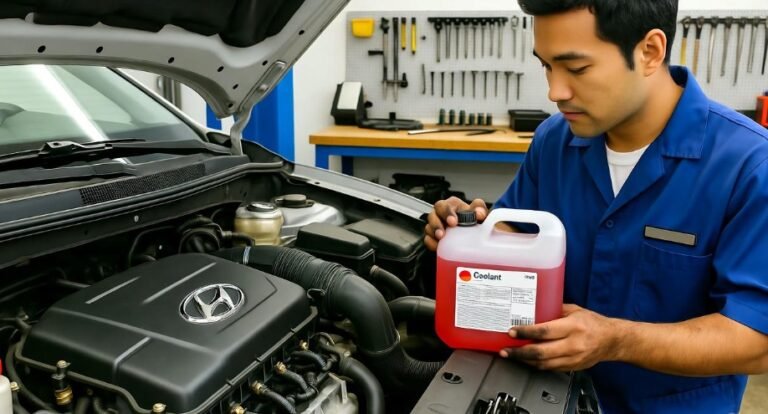
![Maryland Window Tint Laws [Updated, 2025] – Everything You Must Know Before Tinting Your Car 7 Maryland Window Tint Laws [Updated, 2025] – Everything You Must Know Before Tinting Your Car](https://aautomotives.com/wp-content/uploads/2025/10/Maryland-Window-Tint-Laws-Updated-2025-–-Everything-You-Must-Know-Before-Tinting-Your-Car-768x409.jpg)
